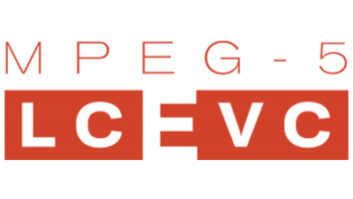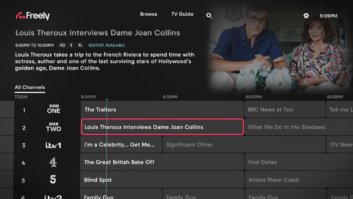The MPEG-5 Part 2 LCEVC (Low Complexity Enhancement Video Coding) has officially achieved ISO FDIS standard status (ISO 23094-2).
The standard is the first first internationally accredited enhancement standard for any existing and future video compression scheme.
It enhances the compression performance of any base video codec (e.g., AVC, HEVC, AV1, EVC or VVC) and offers improved picture quality at up to 40 per cent lower bitrates for both live and VoD delivery. Additionally, it provides a 2-4 times improvement in encoding computational efficiency.
LCEVC provides greater reliability, reducing buffering events and increasing quality for live sports delivery. It also helps to minimise latency, facilitating new business models such as betting and other real-time interactivity applications.
The standard’s development has been co-chaired by V-Nova. The company also contributed to the foundational technology upon which it is built.
Guido Meardi, CEO and co-founder at V-Nova, said, “We are extremely proud to have contributed to this innovative standard, as part of such a successful collaboration with industry leaders. LCEVC is poised to immediately deliver a step-change in usage and profitability to a host of existing services. The standard has broad applicability, we are already seeing great traction and are committed to ensuring rapid adoption.”
The technology is already being backed by some major players in the world of sport broadcasting, with Luis Vicente, Group CEO Eleven Sports stating the company is extremely excited about the game-changing opportunities it offers. “It will change the world of sports, media and entertainment video delivery, providing a better service at a substantially lower cost,” he said. “I am also convinced that it will play an important role in our journey towards zero latency. We are definitely looking to become an early adopter.”






